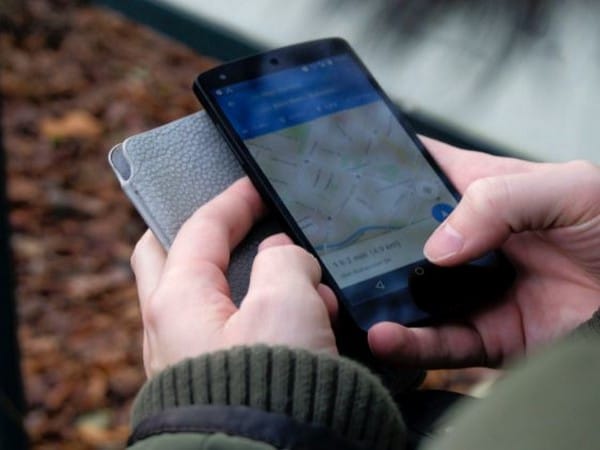In the quarter of a century since I learned how to drive, cars have changed a lot. While there are those who lament the passing of the good, old days, as car owners and drivers, we have never had it so good. Back in the mid-1990s, power-steerings were an oddity, your ability to drive being determined by how strong you were. The first cars with power windows had started coming in, the Opel Astra being one of the first and it was like magic. Today, even a Maruti Alto has power windows; okay, only for the front ones and on the higher models. And that is just the start: think about the audio systems and standard automatic climate control you get on cars these days.
But the single most fundamental change when it comes to convenience, in my opinion, has been the widespread adoption of navigation systems. And while that change is not limited to cars, it was the advent of the smartphone as well as cheap mobile data that really changed the game. But for many of us who drive daily, I can’t imagine living without maps, particularly Google Maps. People often check Maps to see how bad the traffic is and whether they should take an alternative route.
Or when you find yourself in a strange part of the country or abroad, you just enter the waypoints and Google Maps takes you where you need to get to. A few years ago, my wife and I had travelled to Sicily and rented a car, but Google Maps worked. We entered the location of the hotel and reached in the time Maps predicted we would reach. There was no need to try and speak with the local people and wildly gesticulate about how to get from point A to point B. Even in India, the lovely drive through Kodagu and Wayanad I wrote about recently — where for some stretches there was barely any mobile signal or even humans to ask for directions for that matter — Google Maps worked.
That being said, I also have enough examples that highlight Google Maps is not perfect. At times, it has taken me down the shortest route to places you can’t get a car through. Or taken me down furrowed tractor paths that don’t resemble roads, but the navigation system thinks it to be. There are other examples and I am sure many of you have had such crazy experiences. But on the whole, navigation aids such as Google Maps have transformed the way we drive in India. You see motorcycle riders using it as well as food delivery boys on cycles, and even the odd cycle-rickshaw operator. Not so long ago, stand-alone navigation systems from companies like Garmin and TomTom were expensive and in a country like India, where roads are constantly being built, required frequent updates.
Sometimes you are on the move and it isn’t always easy to enter the location even through a voice command. But an innovative startup like ‘What3Words’ can come to your aid. They have divided the entire world into three metre by three metre squares. And each of these is given three words to describe them. So if you say ‘owns, nerve, steady’, you would come to the entrance of Express Building on Bahadur Shah Zafar Marg, New Delhi where ThePrint’s office is located. Or if you say ‘worked, view, broke’, you will get to the main gate of Buckingham Palace.
On a recent trip to Mumbai, I drove the new Mahindra Scorpio-N which has this service integrated alongside Amazon’s Alexa. I also discovered some of its limitations. That may be because the car did not have a clear enough mobile signal and some of the words that ‘What3Words’ uses are quite close to each other and a mispronunciation could lead you to Patagonia instead of Pali Hills. It was a unique experience — me and the team from ‘What3Words’ trying to negotiate with Alexa. Or maybe Alexa was telling me that my elocution is poor and that I swallow half my words.
Of course, there should be an element of common sense here and on the whole while using voice-based applications, the service does work well. Instead of giving a lengthy address on your visiting card, you can just give your What3Words words.
With the service available in multiple Indic languages, you can tell the pizza delivery guy or app-taxi your exact location faster. And if need be, give multiple waypoints (in case gates are locked) much faster. As for elocution, the team assured me that the system can recognise Indian pronunciations of words and they are constantly working on improving voice recognition, both through their own app and Amazon Alexa. As a user of multiple Amazon Echo devices at home, I must admit voice recognition has improved dramatically over the past few years and I was willing to ignore the recent experience as an aberration.
The ‘What3Words’ system should feature on upcoming Mahindra cars as well. Tata Motors is also integrating the system into their navigation application. It does make sense to use this system instead of a traditional address search system, particularly in a country where address searching is far from accurate.
@kushanmitra is an automotive journalist based in New Delhi. Views are personal.






